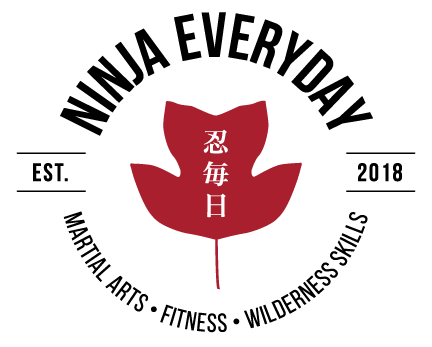Inside Position
- October 12, 2018
- 0 Comment(s)
I must start this by saying that this is from my immature and definitely flawed understanding of To-Shin taijutsu, or body movement. That being said, since I have your attention here goes.
Fighters (those who favor striking in particular) are often described as “inside” fighters if they choose to stay closely engaged with their opponents, or inside the striking range (the “ku-kan” or killing distance) of those they face. I often imagined these “inside” fighting boxers to be like a mongoose fighting a cobra, too quick to hit, with abilities bordering on precognition. Being able to move forward while defensively avoiding danger is a skill that is truly valuable. Early Mike Tyson was one of the first boxers that I saw do this clearly. He got his opponents to back up and raise up tall to try to hit him as he relentlessly moved in closer and closer to throw his lethal right hook to the body right uppercut combination (look it up, seriously stop reading this and go to YouTube and type that in).
In To-Shin Do taijutsu we often describe our position relative to our opponent as inside or outside, not in terms of range but whether we are or would be in between their arms or not when they attack. Outside defenses tend to parry the attack back towards the attacker’s center and allow us to “flank” or counter-attack them from an unprotected side. Inside position or defenses tend to open up out attacker and deny them access to our centerline targets or our balance line. I think of inside techniques as being like the rock that splits the waves as they crash.
Both of these positions have their strengths and advantages and I wouldn’t say that either is preferable because quite often you don’t get to decide since your attacker has at least half of the say of what transpires in your fight, especially how he or she attacks you and where they attack you from. “You should not have any special fondness for any particular weapon, or anything else for that matter” – Miyamoto Musashi. (I believe that this would also apply to positions).
In wrestling and grappling without a “gi” opponents try establish dominant positions by hand fighting for the coveted inside position. When wearing a gi such as in Jiu Jitsu or Judo grip fighting happens with much of the same goals. This inside position allows you to block an opponents takedown attempts by setting obstacles in place that they must clear. This also allows you an opportunity to influence and ultimately take advantage of how your attacker responds. “The skillful fighters of old first put themselves beyond the possibility of defeat, and then wait for an opportunity to defeat their enemy.” – SunTzu.
Gyaku Nage (the kata from Kukishinden Ryu, not the throw) is a complex kata with several back-and-forth steps. I believe that there are several important lessons to be gleaned from this exercise. Or at least I feel like I’ve gotten some important insights from trying to become more proficient with the kata.
The ability to defend yourself from strikes while staying inside (range) is important. The ability to shift back into a defensive movement after a missed offensive attempt is highlighted and practiced. The ability to stay inside (position relative to your attackers arms) to avoid strikes and throws is part of the exercise. And setting a pattern then breaking it in order to trick or trap an opponent is important.
I challenge you in the same way I was challenged to not just copy a kata or lesson but look for the underlying reason that martial artists of old decided that a kata was worth passing on, what did they want us to get from it.
The correlation of wrestling style pummeling and this kata is my own and wasn’t taught to me by anyone that I am aware of, so if it’s blatantly wrong it’s on me.
“Invincibility lies in your defense, the possibility of victory in your attack.” – Sun Tzu
